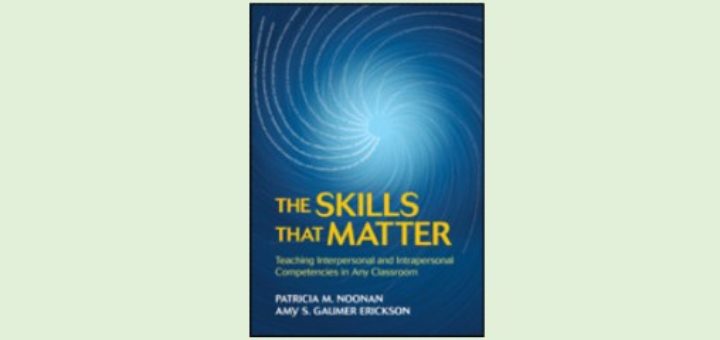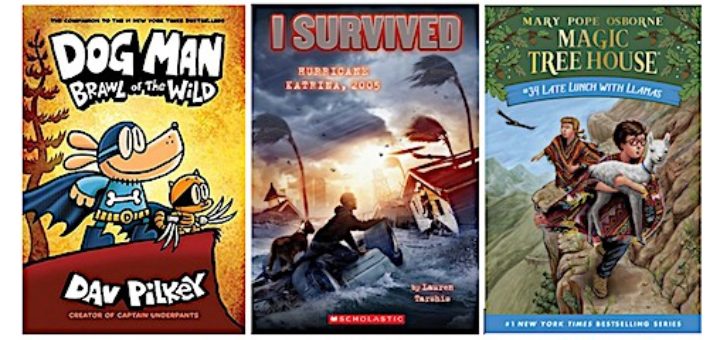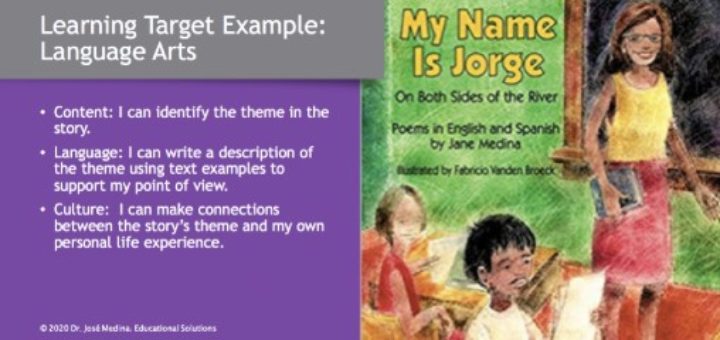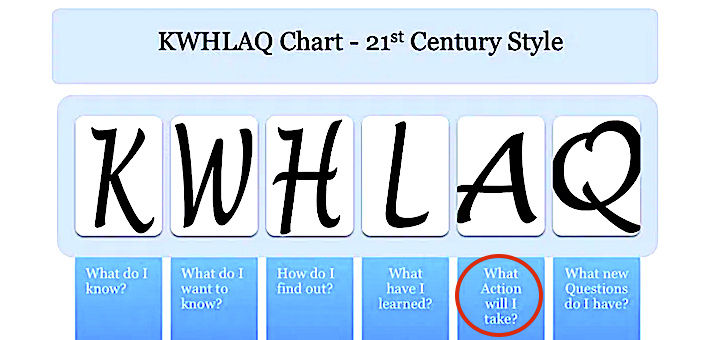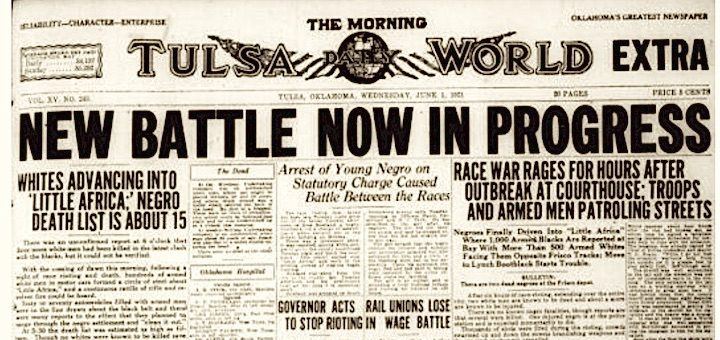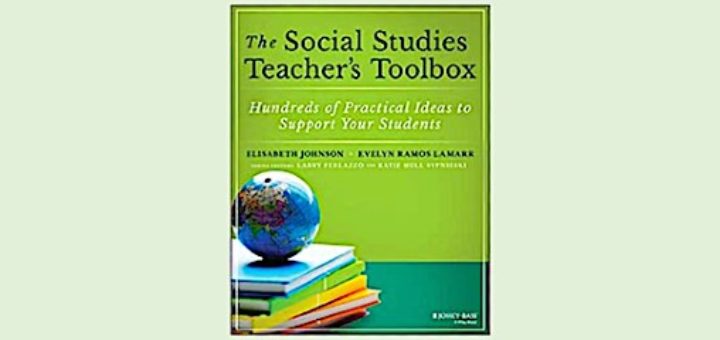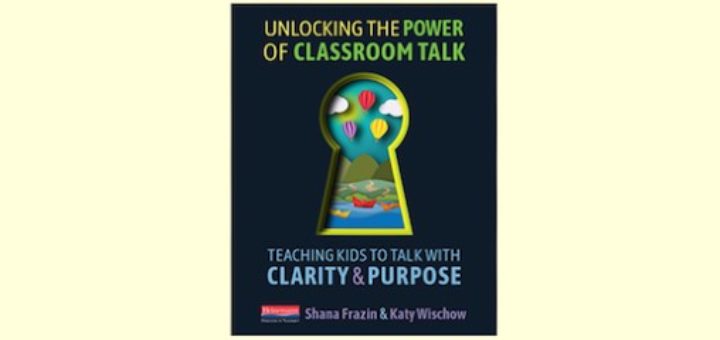Teaching and learning in grades 4-8
Are you tasked with preparing students for college and careers? “The Skills That Matter: Teaching Interpersonal and Intrapersonal Competencies in Any Classroom” by Noonan and Erickson can help, writes consultant Anne Anderson. The book gives teachers and administrators a place to begin.
Reading teachers work hard to meet the needs of individual students in small groups. Yet many students struggle while reading self-selected books. Meghan Duermit and Sunday Cummins offer ways to build stronger bridges of support from guided instruction to joyful independent reading.
What is a culture objective? EL expert Tan Huynh reports on his conversation with Dr. José Medina where they discuss bolstering English learners’ socio-cultural competence by connecting classroom content and lesson planning to student backgrounds and personal experiences.
How might you bring the 2020 presidential election into your fall classes? Learn how Emily DeRiso transformed her 4th grade social studies curriculum into a successful election immersion experience in 2016, setting clear boundaries in support of participatory democracy.
Education isn’t about what the teacher does, it’s about what the child learns, write Genius Hour innovators Denise Krebs and Gallit Zvi. Learning happens in every subject when students have a purpose and are given autonomy and time. And their learning can benefit the world.
As we consider what school will look like this fall, teaching coach Elizabeth Stein shows how the Universal Design for Learning gives educators flexibility to teach effectively within and without any learning space – fully in person, fully remote, or using a hybrid model.
The antiracist protests occurring across the country since the killing of George Floyd have led Lauren Brown and Sarah Cooper – two white female middle school social studies teachers – to consider even more deeply “how best to teach U.S. history.” Join the conversation.
Rita Platt peruses lots of professional texts, but the books she reads each year to meet her personal Goodreads goal cross many genres. Some are funny. Some are scary. Some examine America’s urgent problems. Not your typical PD books, but they have plenty to say to educators.
The authors of the Social Studies Teacher’s Toolbox have constructed a research-based “honest, human guide” to helping students understand and care about what they learn. You will dig through and dog-ear it, and your students will be the richer for it, writes Sarah Cooper.
When Karen Rubado started reading this book, she hoped to pick up some tips to make “turn and talk” in her classroom work better. Instead she found new perspectives on teaching conversation as a skill and on using talk as a way to deepen knowledge in any subject area.

